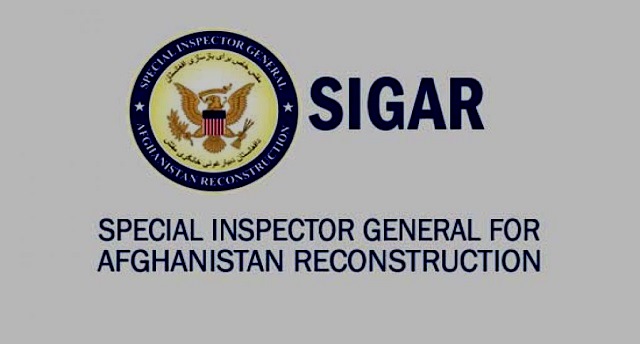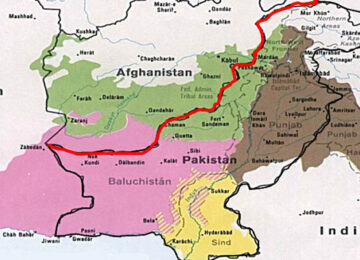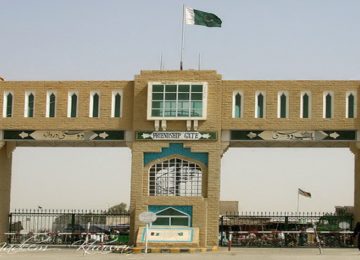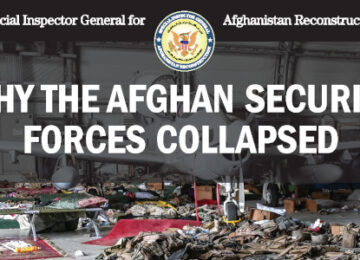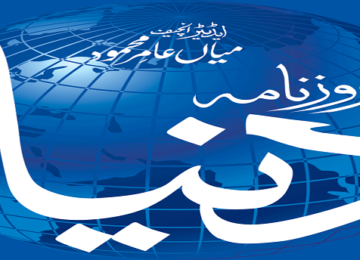November 6, 2020
The forty-ninth Quarterly Report to Congress for the quarter of July 1st to September 30th by SIGAR (Special Inspector General For Afghanistan Reconstruction), highlighted SIGAR’s productivity and accomplishments, despite the COVID-19 pandemic. The reporting period for this quarter, assessed US efforts aimed at building Afghan Security Forces (ASF), facilitation of socio-economic development, improving the governance, and combating the production and sale of narcotics.
Salient points of the report are as follows:-
- Average daily enemy-initiated attacks in Afghanistan were 50% higher this quarter (July–September) than last quarter (April–June). Overall enemy-initiated attacks this quarter were also characterized as “above seasonal norms” by U.S. Forces-Afghanistan (USFOR-A).
- According to the Department of Defense, “The Taliban is calibrating its use of violence to harass and undermine the ANDSF and [the Afghan government], but [to] remain at a level it perceives is within the bounds of the [U.S. – Taliban] agreement, probably to encourage a U.S. troop withdrawal and set favorable conditions for a post-withdrawal Afghanistan.” DOD also told SIGAR that if Taliban violence continues at its “unacceptably high” rate, “it could undermine the agreement.”
- SIGAR asked USFOR-A whether there have been any confirmed or suspected Taliban attacks on U.S. personnel or facilities since the beginning of the Afghan peace negotiations, and whether any attacks were in violation of the U.S. – Taliban agreement. The question drew a classified response.
- Resolute Support reported 2,561 civilian casualties (876 deaths and 1,685 injuries) this quarter (July 1–September 30, 2020). This quarter’s casualties increased by 43% compared to last quarter (April 1–June 30, 2020), but decreased by 36% when compared to the same period last year. Most of the increase in civilian casualties compared to last quarter was attributed to unknown insurgent- (55% increase) and Taliban-caused casualties (42% increase). Casualties attributed to the ANDSF more than doubled compared to last quarter (to 212 casualties).
- USFOR-A reported in early October that U.S. air strikes increased this quarter compared to last quarter to help defend Afghan security forces, which is permitted under the U.S.-Taliban agreement.
- The Afghan Special Security Forces (ASSF), the ANDSF’s primary offensive force,conducted the highest number of ground operations this quarter (July–September 2020) than it has in over a year (since April–June 2019), according to NATO Special Operations Component Command-Afghanistan (NSOCC-A). The 1,111 ground operations conducted this quarter were more than double the number conducted during the same period last year (544), and reflect a 48% increase compared to last quarter (April–June 2020).
- The Afghan National Army Special Operations Corps completed 98%of their offensive operations completely independent of U.S. or Coalition forces’ enablers or advisors this quarter. These missions successfully integrated Special Mission Wing intelligence, surveillance, and reconnaissance support, as well as Afghan Air Force strike capabilities, according to NSOCC-A.
- This quarter, USFOR-A newly classified or restricted from public release some Afghan civilian casualty data and a description of the Combined Security Transition Command-Afghanistan’s (CSTC-A) method for determining the reliability of its Afghan partners as part of its conditionality approach.
- On August 5th, Acting Health Minister Jawad Osmani announced that COVID-19 had likely infected approximately 10 million Afghans, or 31.5% of the country’s estimated population, according to a Health Ministry survey of antibody tests. According to available data, Afghanistan’s urban areas have been the hardest hit, with more than half of Kabul’s population of five million estimated to have contracted the virus.
- For every three men that are tested for COVID-19 in Afghanistan, only one woman is tested, according to the International Organization for Migration. As a result, men make up over 70% of confirmed cases in the country.
- The COVID-19 pandemic has the potential to heighten antimicrobial resistance (AMR) rates in Afghanistan. The country has struggled with AMR predominantly because of the persistent overuse of antibiotics and poor infection control measures. Beyond use within hospitals and clinics, many Afghans have also reportedly turned to self-administering antibiotics, despite their ineffectiveness in treating viruses, as an at-home treatment for COVID-19 given the lack of alternative options, further contributing to the problem of AMR.
- In March 2020, Afghanistan suspended all child vaccination drives, including those for polio, to avoid COVID-19 transmission. While polio vaccinations began again in July, the Global Polio Eradication Initiative reported 51 polio cases in Afghanistan in 2020 (as of early October), including cases in previously polio-free areas, compared to 29 total cases in 2019.
- Afghanistan’s poverty rate will increase to 68% of the population in 2020 from its pre-pandemic level of 55%, according to an estimate from the United Nations Development Programme.
- Last quarter, the State Department downgraded Afghanistan’s human-trafficking rating to the lowest level since State first rated the country in 2002. According to the Trafficking Victims Protection Act enacted in 2000, the United States shall not provide non-humanitarian, non-trade-related foreign assistance to any government of a country that is ranked Tier 3 (the ranking Afghanistan received) absent a waiver by the president. According to the State Department, a presidential waiver was issued lifting this restriction on October 1st.
- According to the State Department, the Afghan government expects tax revenue to contract by $715 million to $1.99 billion in 2020, 26% shy of the $2.7 billion in revenues that were projected before the emergence of COVID-19. While government revenues began to recover from the impact of COVID-19 this quarter, the Afghan government’s sustainable domestic revenues declined by 17.2%, year-on-year, over the first nine months of 2020.
- Despite a temporary suspension of trials early this year due to COVID-19, the Department of Justice reported an increase in the investigation and prosecution of high-profile corruption cases by the Anti-Corruption Justice Center this quarter.
Please read the Full Quarterly Report at this link: https://www.sigar.mil/pdf/quarterlyreports/2020-10-30qr.pdf
Courtesy: SIGAR



